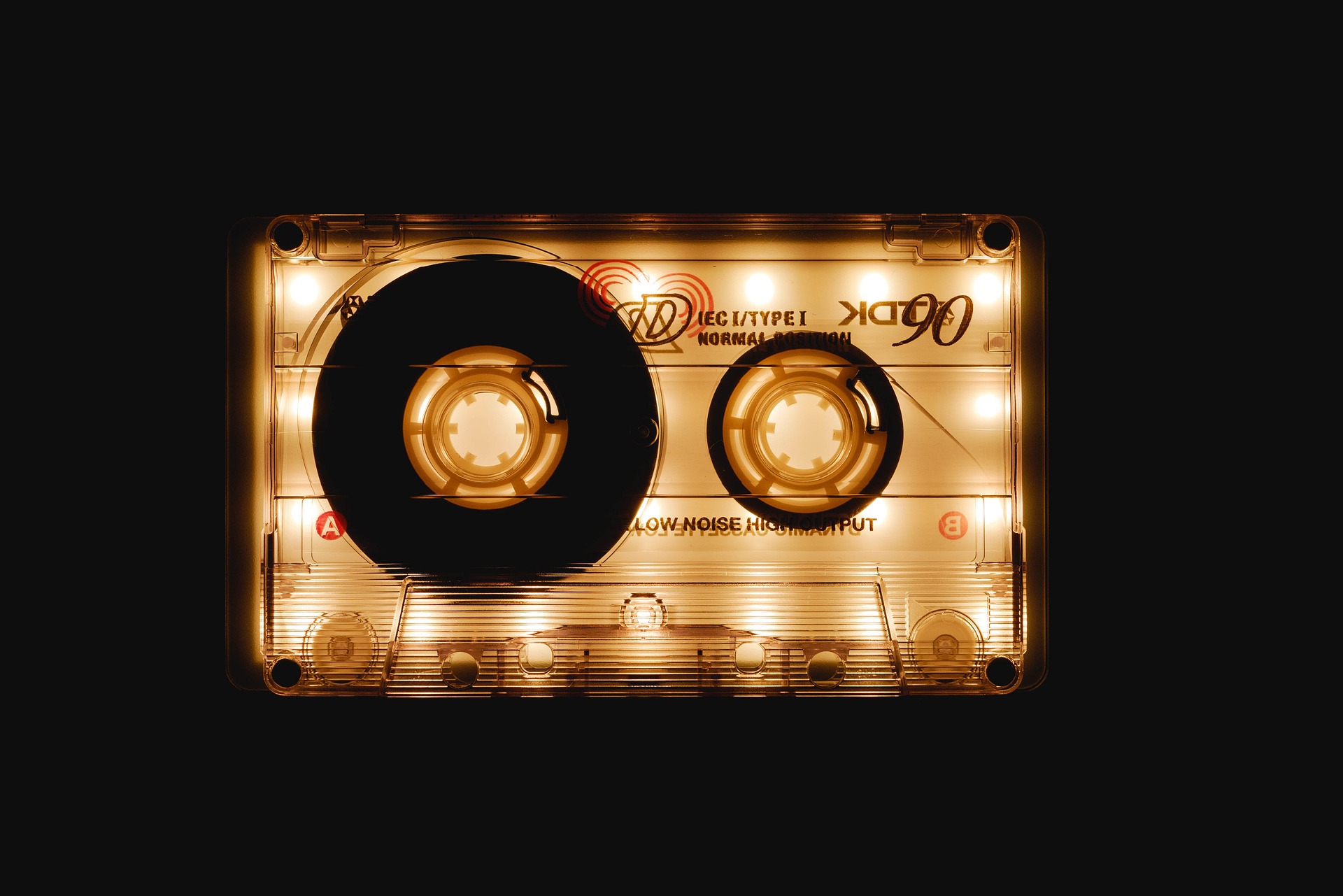"Digital Artistry: A New Canvas in the Art World"
In today's rapidly evolving technological landscape, digital artistry is shaping and redefining the boundaries of creative expression. This new form of art—both a medium and a movement—is making waves in the art and entertainment industry. Let's delve into the origins, the current trends, and the future of digital artistry.

The Genesis of Digital Artistry
The birth of digital artistry can be traced back to the 1960s, when artists began exploring the potential of emerging computer technologies for creative expression. Early pioneers such as Charles Csuri and Vera Molnar laid the groundwork for digital art, experimenting with computer graphics and algorithmic art. By the 1980s and 1990s, as personal computers became more accessible, digital art began to infiltrate mainstream culture.
Current Trends in Digital Art
In today’s digital age, the possibilities for artistic expression are virtually limitless. Artists can now create intricate works of art using digital painting, 3D modeling, and virtual reality. Recently, the world has seen the rise of NFTs (Non-Fungible Tokens), blockchain-based assets that represent ownership of unique pieces of digital art. This development has sparked a debate about value, ownership, and authenticity in the digital art world.
The Impact of Digital Artistry
Digital artistry has democratized the art world, making it more accessible to a broad audience. It has also blurred the lines between different art forms, enabling interdisciplinary collaborations and fostering innovation. However, the digital art movement has also faced criticism, particularly surrounding issues of copyright infringement and the environmental impact of blockchain technologies.
The Future of Digital Artistry
The future of digital artistry is both exciting and uncertain. As technology continues to evolve, so too will the tools and techniques used by digital artists. There’s also growing interest in the potential of augmented reality (AR) and artificial intelligence (AI) in digital art. However, the art world will need to address the challenges posed by this new medium, particularly around issues of authenticity and sustainability.
Conclusion
In conclusion, digital artistry is a dynamic and evolving art form that is reshaping the cultural landscape. Its impact is undeniable, and its future holds exciting possibilities. As we navigate this new frontier, we must also grapple with the challenges and ethical questions it raises. Ultimately, digital artistry is not just about the use of technology—it’s about reimagining the very nature of creativity in the digital age.




